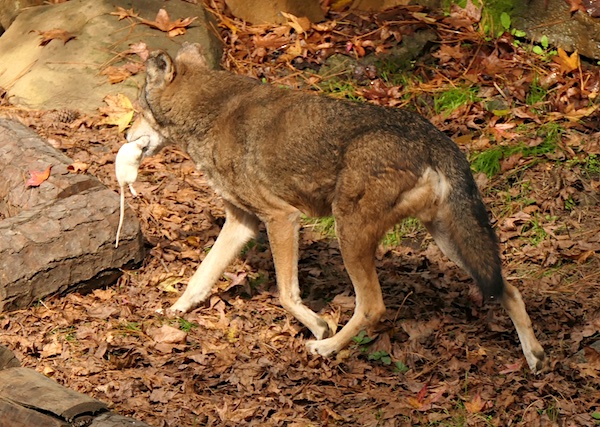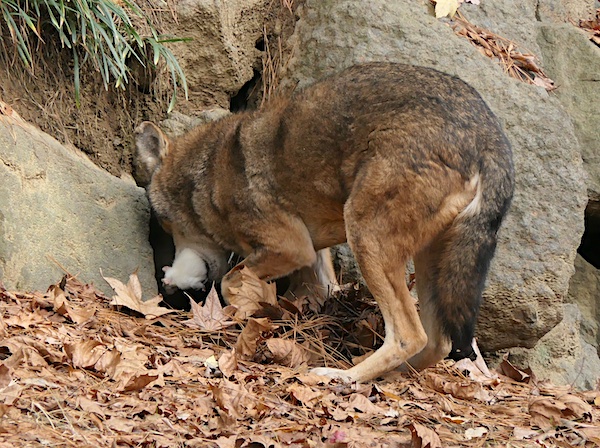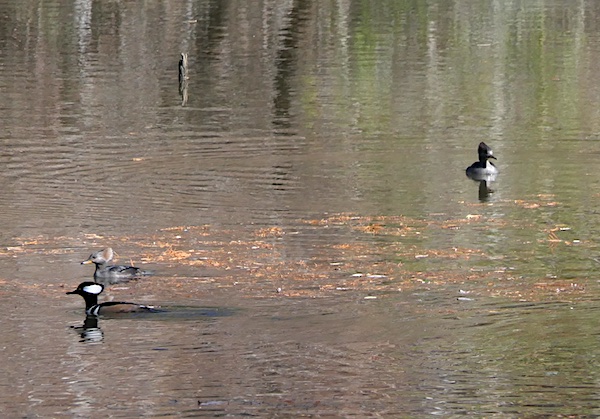Top Photo: Grasses blow in the cool wind from the floating walkway in the wetlands in Explore the Wild.
Seed production and dispersal is part of fall. The seed produced by the grasses in the wetlands will carry far and wide with the help of the wind.

As of November 20, there were still a few green tree frogs hanging on in Catch the Wind and Explore the Wild. They were juveniles.


Alder blooms in February. The male catkins and female flowers are forming now on the hazel alder next to our wetland.

A handsome katydid on the vegetation along the floating walkway in Explore the Wild.

You may not see the lemurs outside if the temps are in the 50s and below. But it’s worth checking. Even on chilly mornings they may be out looking for a warm sunny spot to lounge.

A small stand of brown, gilled mushrooms in the mulch at the Red Wolf overlook.


Oka, the male red wolf, has been seen caching the Animal Care Team’s lab rat offerings. He quietly and cautiously goes about finding the ration of meat and just as carefully stows it away for later consumption.



Two winter residents can be heard, and seen if you search for them, in their typical winter hangouts.
A hermit thrush is heard daily calling from the vicinity of the Red Wolf Overlook. And a fox sparrow has been heard singing in the woods between the Lemur House and Sail Boat Pond. Both are seen in their respective locations each year.


Our winter resident waterfowl have arrived (11.21.24) in the wetlands. I sometimes see hooded mergansers as early as late October, but the mild weather up north may have held them back. The first to arrive were a drake and two ducks.

And finally, white-tailed deer are not shy about helping themselves to whatever food is available, like black oil sunflower seed.

Ranger Greg